Buzzer Bonanza
Paul Procter brings you all you need to know for early season buzzer fishing Including Paul's top buzzer picks, leader lengths and how to fish them!
There’s no question buzzers (chironomids) form the cornerstone of our fishing on stillwaters. This is especially true during spring when daytime hatches of the humble buzzer are more prevalent and of course, trout are keen to pack on weight.
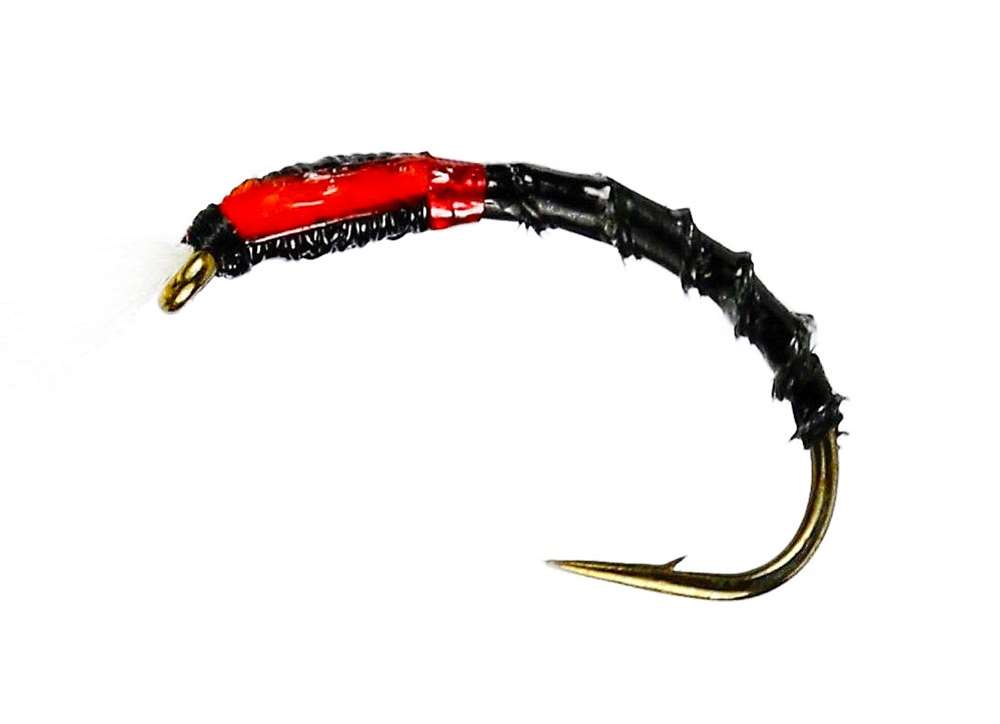
Perhaps the most vulnerable stage of buzzers is the pupa, because they’re weak swimmers, which makes their journey from the lakebed to the surface extremely perilous as they’re at the mercy of underwater currents. Of course, buzzer pupae ascending over deep water are in even more at risk of being snapped up as they’re ascendance period is far longer.
Shop our buzzer department HERE!
It’s with good reason then the most copied stage of buzzers is the pupal stage. With literally thousands of imitations to go at the choice is often bewildering, especially for beginners, who understandably get bogged down with countless imitations available to them. We can however keep it relatively simple to start with by copying the naturals we expect in the early part of the season, which tend to be dark in colour.
Buzzers like these ones below will be all the rage at this time of year!
Discarded buzzer shucks in the margins are a sure sign buzzers have been hatching.
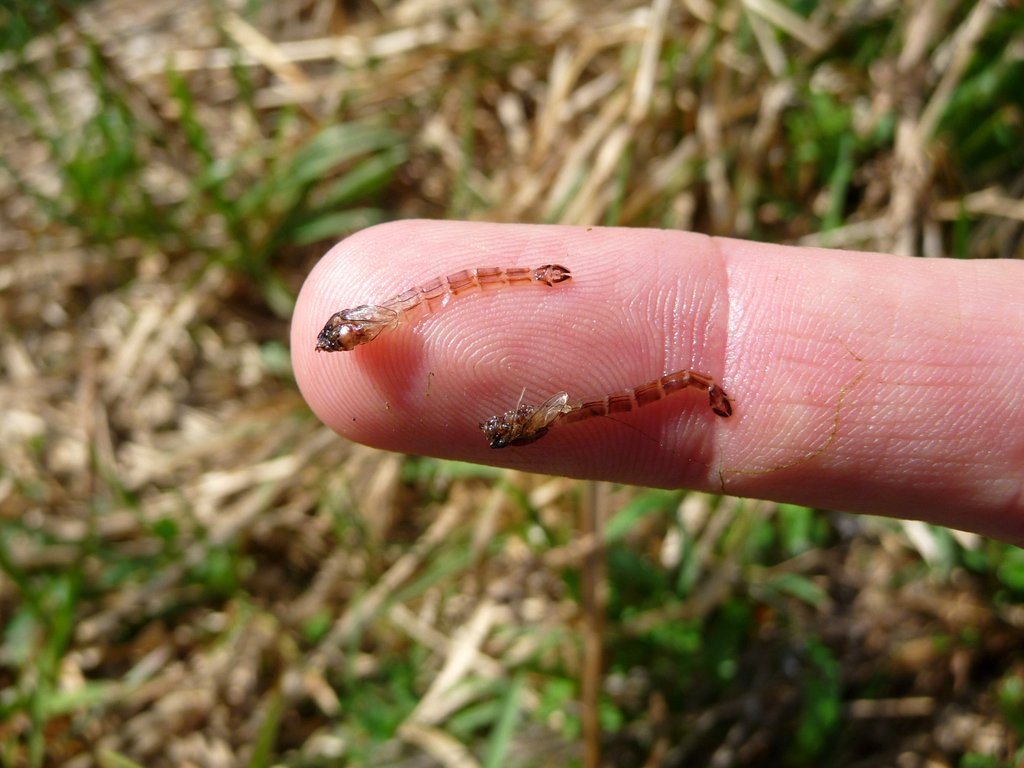
Given this, black, or dark brown buzzer pupa imitations should be our first choice. Not wishing to complicate things further it’s perhaps wise to have some lightweight pupa patterns and others that fish a little deeper to explore various water depths. Generally, on warmer days, trout will nab buzzers close to the surface. However, a chilly breeze will see fish hold that bit deeper.
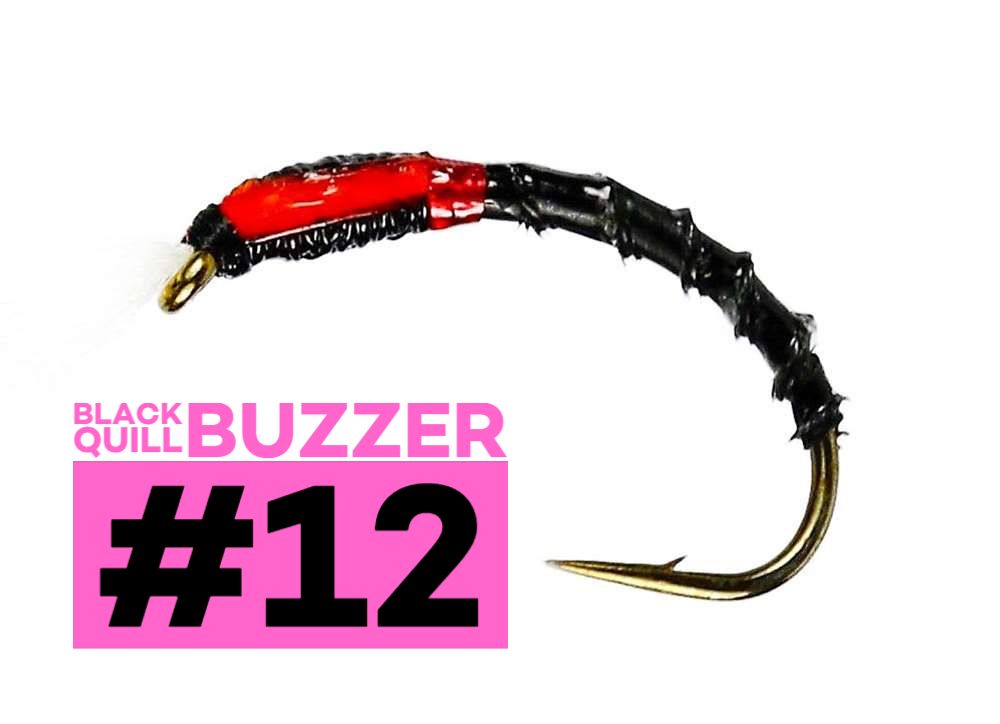
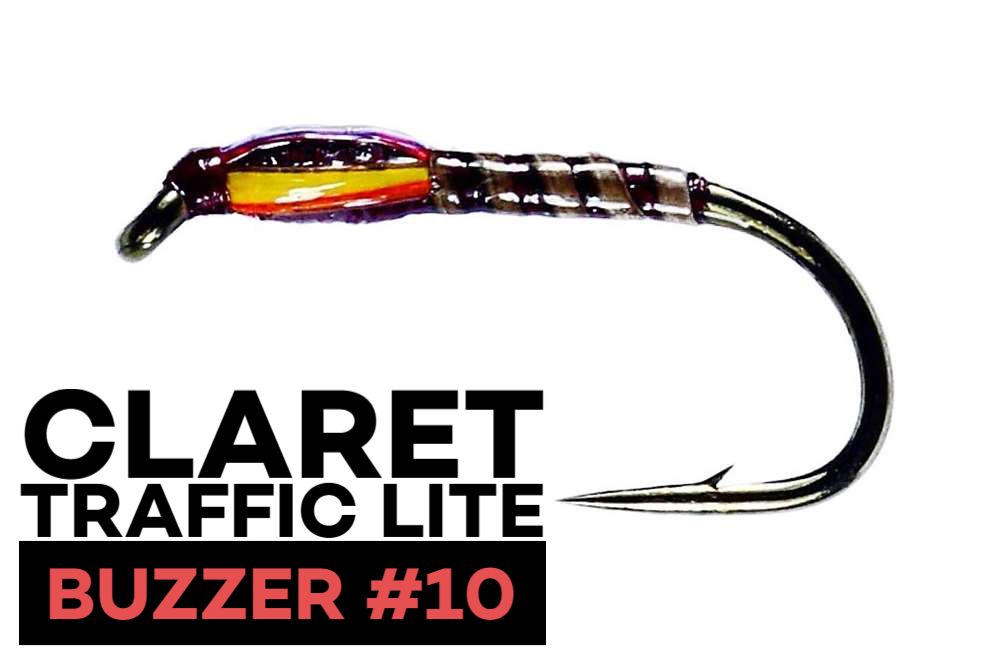
How To Fish Buzzers
As mentioned, buzzer pupa are feeble swimmers, so when it comes to presenting our imitations they need to be fished extremely slowly. A common mistake with beginners, is they often fish buzzers far too quickly. Honestly, sometimes the best retrieve…is no retrieve at all.
The figure-of-eight retrieve is popular amongst seasoned nymph fishers. Please don’t agonize as a beginner, who hasn’t quite mastered this retrieve. Extremely short (inch long) tweaks can just be as effective. Though do take care that these don’t develop into those yard long pulls more akin to heaving back a lure. Seriously, it’s easy to start moving the fly faster when takes aren’t forthcoming, so please try to remain disciplined with those tiny tweaks.
The Bloodworm Stage
The larval stage of buzzers is commonly known as the bloodworm, which precludes the pupal stage. Bloodworm live in the mud on lake beds, so aren’t always readily available to feeding trout. That said, bloodworms occasionally move about by wriggling frantically, which of course catches the eye of hungry trout.
Furthermore, stormy weather can see wave action and the undertow stir up silt, which in turn disturbs and exposes bloodworms. Now of course, trout are quick to take advantage.
Leader Lengths
As bloodworms rarely venture far from the lakebed, it’s vital our imitation gets down to the depths. When using floating lines then, a long leader of some 15-18ft will be required in water of some 6-8ft deep.
Where deeper water occurs then perhaps an intermediate line is best. That said, by using an indicator with a floating line, a fair depth of water can be explored and takes are easier to decipher too.
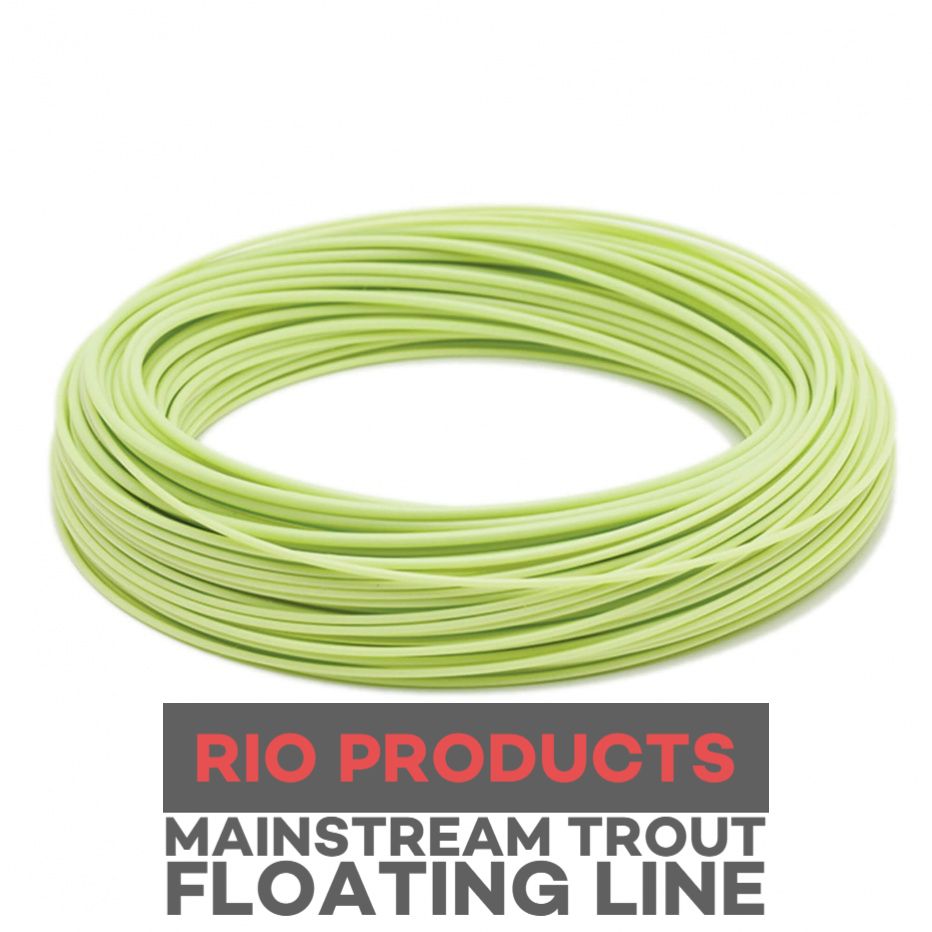
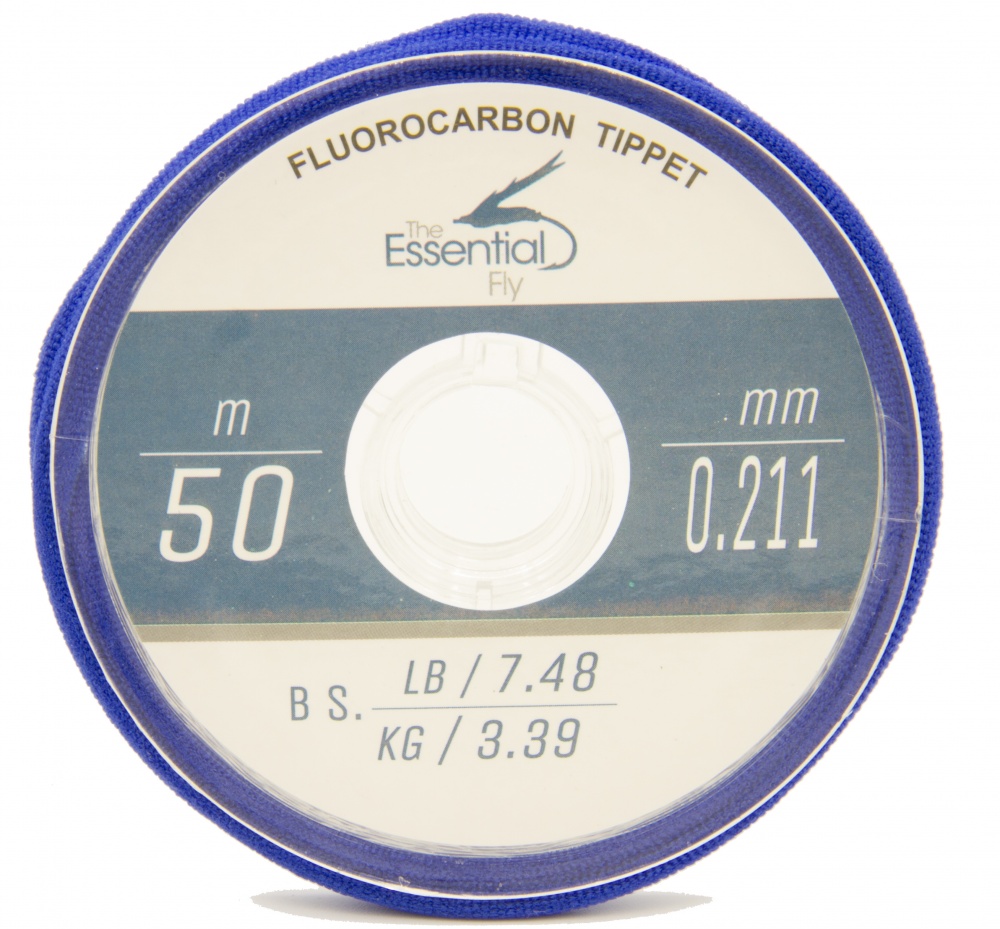
Fluorocarbon tippet material helps get your flies down too! As with the pupa stage, remember to fish your bloodworm pattern as slowly as possible. And talking of which those imitations with long sinuous tails work best on bloodworms because they provide unparalleled movement. Don’t worry too much about tail nipping fish now, as you’re fly is barely moving, trout usually just inhale it…hook, line and sinker!



















